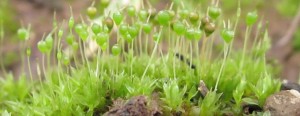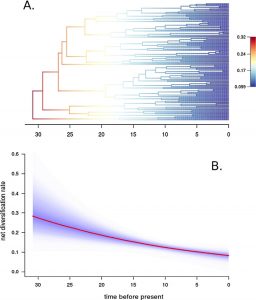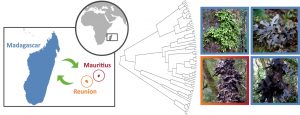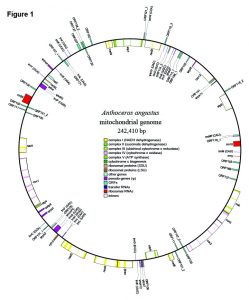The National Science Foundation awarded today (May 30th, 2018) a grant to University of Connecticut (i.e., our lab!) for support of the project DEB-1753811 entitled “Collaborative research: Diversity of the moss Physcomitrium pyriforme: significance of autopolyploidy within a phylogenomic and experimental framework“.
Collaborators: Matthew Johnson (Texas Tech. University) and Rafael Medina (Augustana College, IL).
 Overview: Whole genome duplication or autopolyploidy occurred repeatedly during the evolution of land plants and likely act as a major driver of evolutionary change. Such duplications first occurred within species, likely reproductively isolating autopolyploids. They may also trigger significant genomic restructuring, preventing meiotic pairing and hence interbreeding between two independent autodiploids. Genome duplications are thus effective mechanisms of microevolutionary change. They characterize many macroevolutionary lineages, and are expected to be frequent enough within species, for some to give rise to new evolutionary lineages. This project seeks to test whether shifts in ploidy are phylogenetically structured within a complex of cryptic moss species, the Physcomitrium pyriforme complex. It harbors seven karyotypes worldwide and exhibits much morphological variation, as reflected by its 29 synonyms. These annual, bisexual and selfing mosses are easily grown, and genome doubling is readily induced in vitro from sporophytic tissue, enabling tests of reproductive isolation among wild and artificial autopolyploids. This project addresses four objectives toward assessing the evolutionary significance of autopolyploidy: (1) reconstruct the phylogeny of the complex based on sub genome data,(2) infer frequencies of ploidal shifts within the complex; (3) identify morphological signatures of artificial genome duplication and through comparison with wild populations test whether these erode through time; and (4) test if wild and artificial polyploids are reproductively isolated.
Overview: Whole genome duplication or autopolyploidy occurred repeatedly during the evolution of land plants and likely act as a major driver of evolutionary change. Such duplications first occurred within species, likely reproductively isolating autopolyploids. They may also trigger significant genomic restructuring, preventing meiotic pairing and hence interbreeding between two independent autodiploids. Genome duplications are thus effective mechanisms of microevolutionary change. They characterize many macroevolutionary lineages, and are expected to be frequent enough within species, for some to give rise to new evolutionary lineages. This project seeks to test whether shifts in ploidy are phylogenetically structured within a complex of cryptic moss species, the Physcomitrium pyriforme complex. It harbors seven karyotypes worldwide and exhibits much morphological variation, as reflected by its 29 synonyms. These annual, bisexual and selfing mosses are easily grown, and genome doubling is readily induced in vitro from sporophytic tissue, enabling tests of reproductive isolation among wild and artificial autopolyploids. This project addresses four objectives toward assessing the evolutionary significance of autopolyploidy: (1) reconstruct the phylogeny of the complex based on sub genome data,(2) infer frequencies of ploidal shifts within the complex; (3) identify morphological signatures of artificial genome duplication and through comparison with wild populations test whether these erode through time; and (4) test if wild and artificial polyploids are reproductively isolated.







